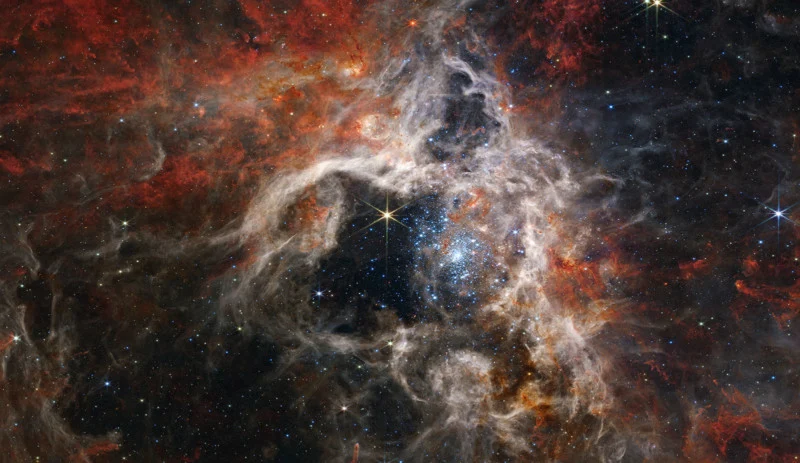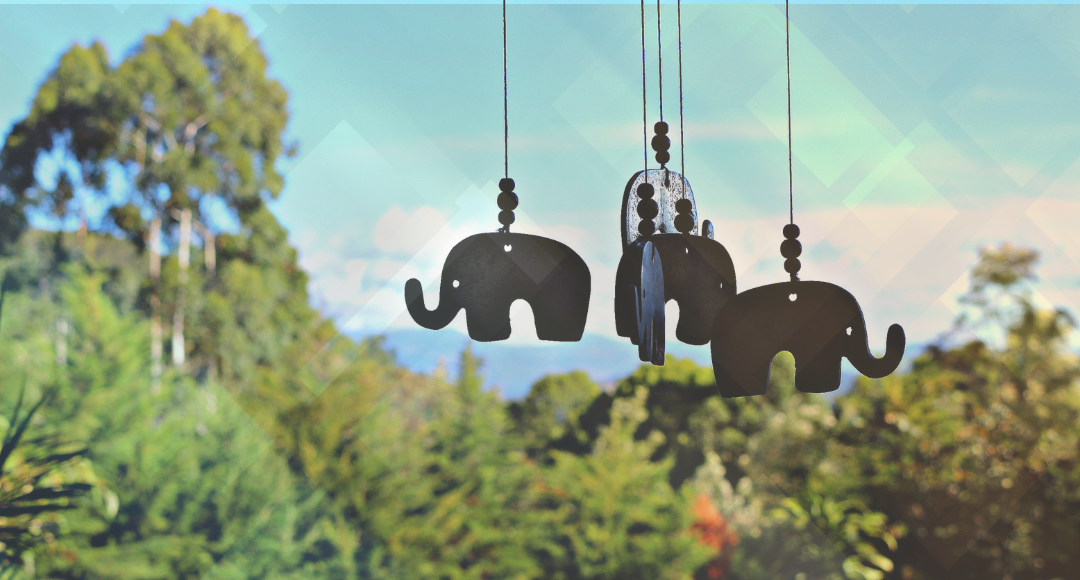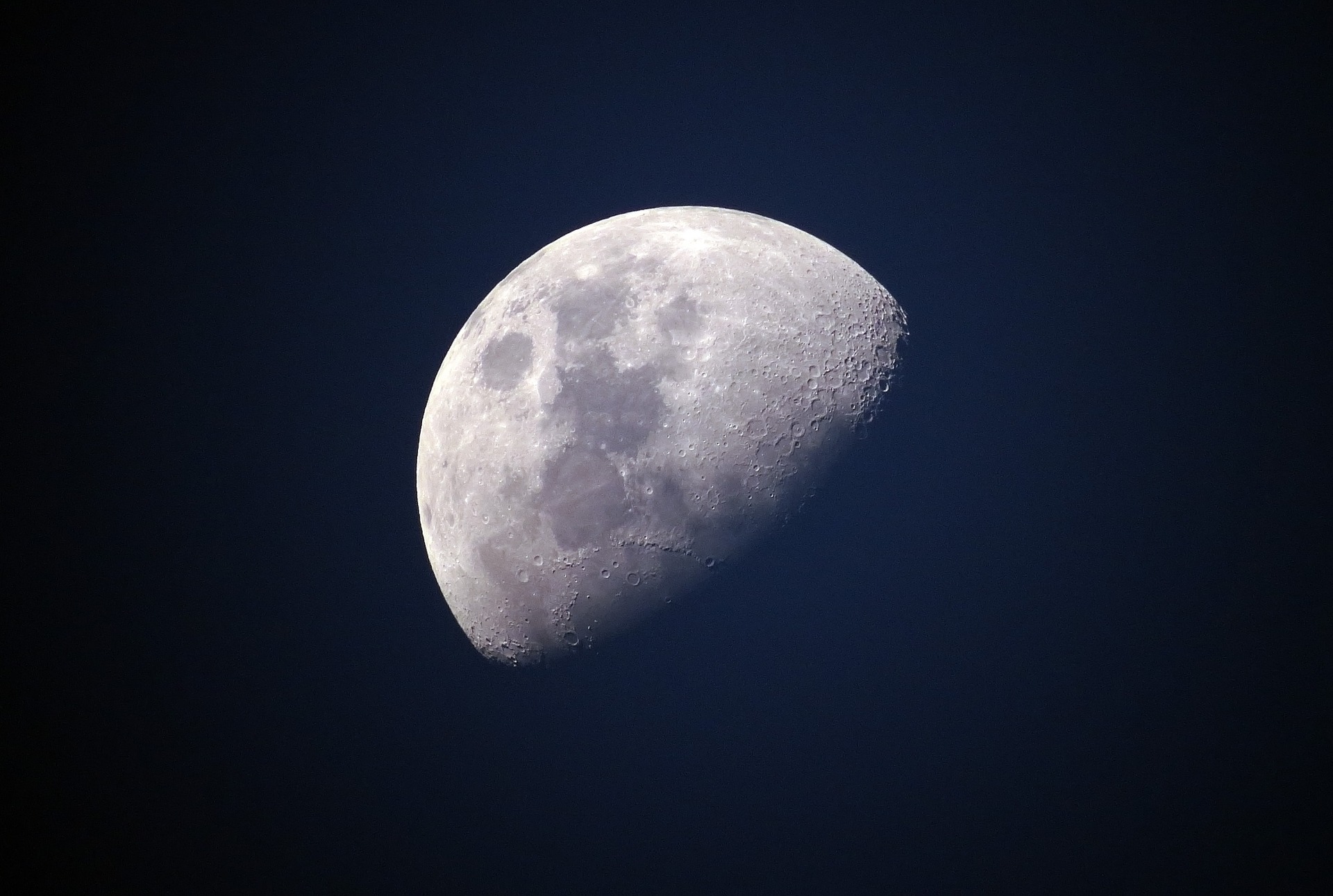Webb now takes us to Tarantula Nebula, a star factory

While peering into the vastly deep cosmos with the most accurate sight of all times, the James Webb Telescope has been capturing and sending to us spectacular images of distant worlds, enabling astronomers to unfold different mysteries of the universe. Enhancing humanity to internalize the wonderful view of ‘otherwise impossible’, Webb has now taken us to the Tarantula Nebula, giving two more detailed images of the star factory, located nearly 161,000 light-years away from the Earth.
Unlike previously taken images of the nebula, showing with long clouds of dust and gas appearing to emanate from its center like a web, the new images, produced using the James Webb Telescope’s infrared sensors, provide a more complex and detailed picture of what is happening at the nebula’s center, where stars are getting birth at a furious pace.
According to NASA, the first image of the Nebula, taken with the telescope’s Near-Infrared Camera (NIRCam), covers an area 340 light years across, and shows a cluster of massive stars making space for themselves at the nebula’s center by eroding the surrounding matter with what NASA labelled “blistering radiation”.
Young stars called “protostars” that are still gaining mass as they emerge from the nebula’s “web” and take their place at its center are visible as smaller points of light in the gas and dust clouds.
Since the surrounding matter is too dense for visible light to pass through, the protostars have never been captured by a camera before.
A second NASA image using the telescope’s Mid-Infrared Instrument (MIRI) shows the region very differently, with the cooler gas and dust glowing blue and the blazing stars fading into the background.
Image taken by Mid-Infrared Instrument

Astronomers are especially interested in the Tarantula Nebula because of its chemical components and behavior, which resemble those of parts of the early universe when star formation was at its peak.
The latest spectacular images from the James Webb Telescope, a joint project of NASA, the European Space Agency, and the Canadian Space Agency, are available.
The six-ton telescope, which succeeded the Hubble Space Telescope, which has been in orbit for 32 years, was put into orbit in December of last year. It established an equilibrium point between the Sun and the Earth in January and took its first image for the public, which NASA published on July 12, 2022, from NASA’s Goddard Space Flight Center in Greenbelt, Maryland.
The Space Telescope also captured the first clear evidence for carbon dioxide in the atmosphere of a WASP-39 b, planet outside the solar system. WASP-39 b, orbiting a Sun-like star 700 light-years away, is a hot gas giant with a mass roughly one-quarter that of Jupiter (about the same as Saturn) and a diameter 1.3 times greater than Jupiter.
JWST budget and goals
According to NASA budget documents, the James Webb Space Telescope project has cost about $10 billion through the 2021 fiscal year. NASA says the observatory will have enough fuel for at least 10 years of operations.
One of the four key focuses of the James Webb project is to assist astronomers to see through the vast clouds of dust and gas that visible-light observatories like Hubble are unable to.
The other aims are to observe the first stars and galaxies forming close to the beginning of the early universe, to gain knowledge more about how galaxies form over billions of years, and to discover more about the atmospheres of planets outside of our solar system, possibly advancing the search for extraterrestrial life.


